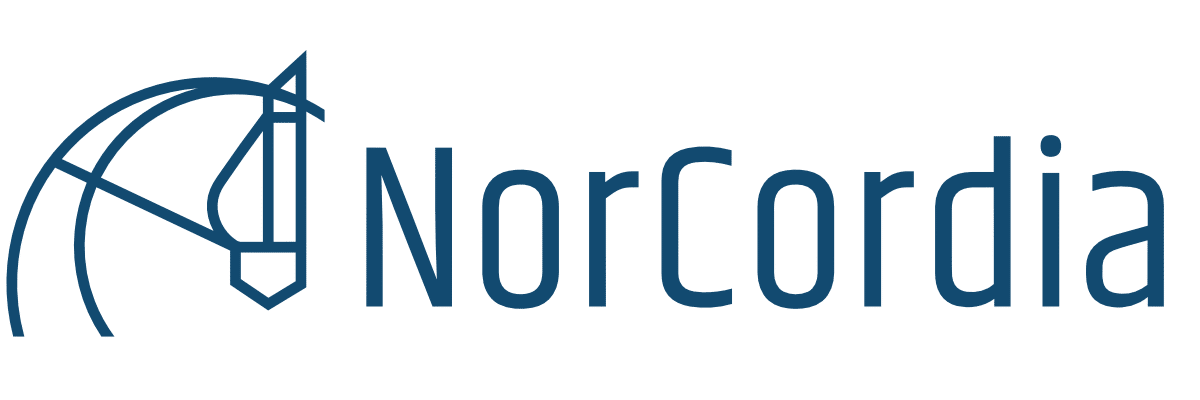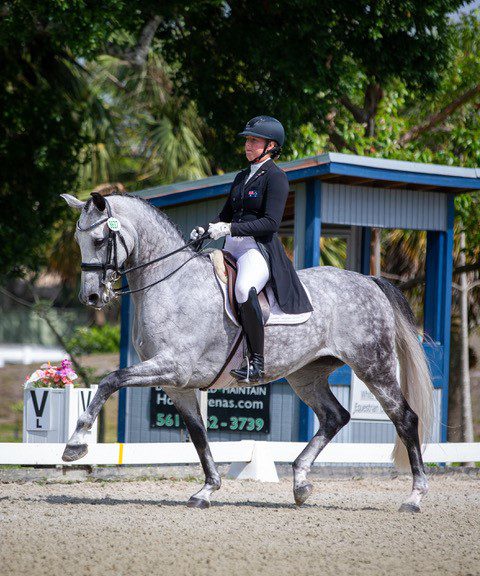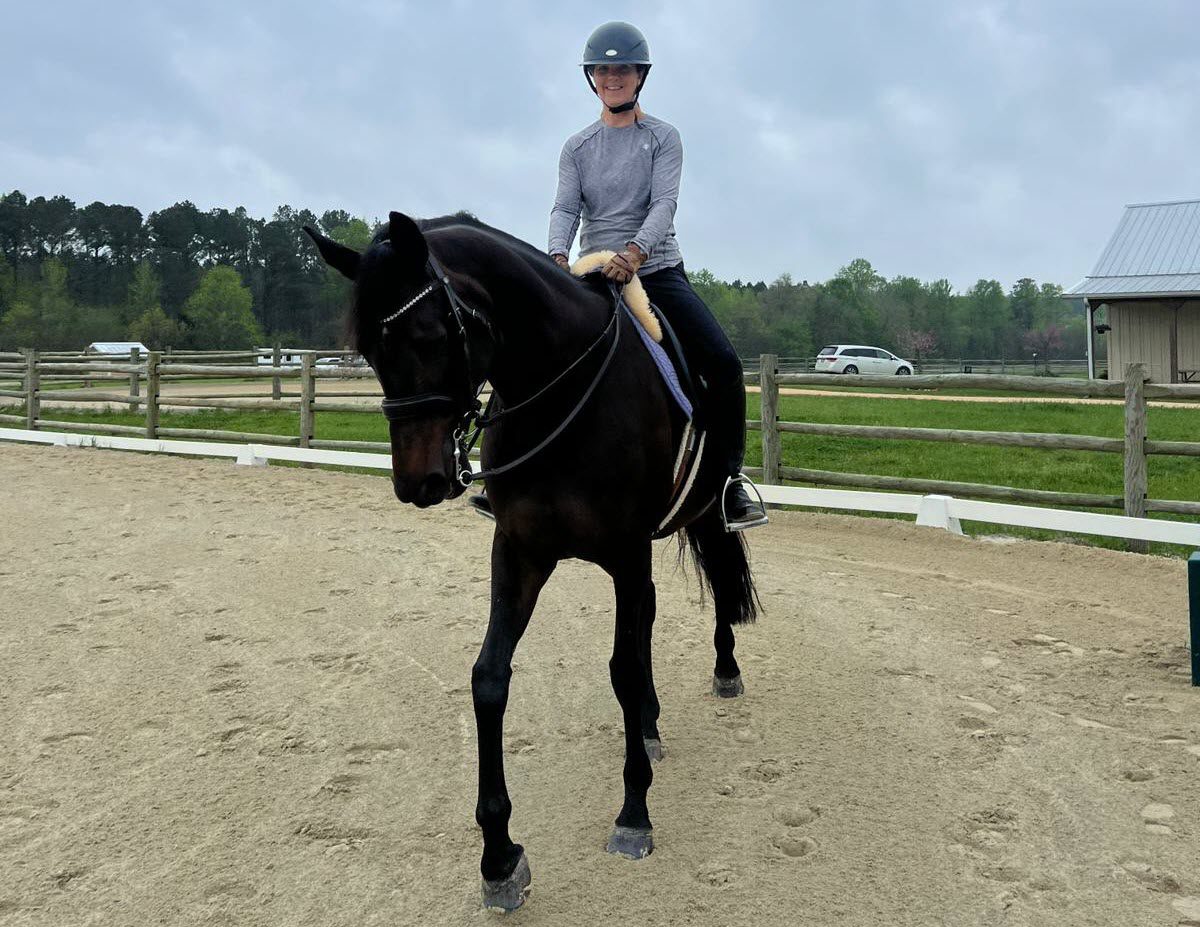Levels in Dressage, an Expert’s Guide: 2022 Edition
A Brief Introduction to Dressage
Dressage is The Training of a Horse, Testing Its ability to perform unique and specific Skills – such as agility, balance, strength & willingness. It is also considered a unique sport, not just because of the high skill and athleticism required from both horse and rider, but also because of the different levels of competition offered to riders. It can be called an “Art” as well. That is because it takes lots of years to learn, and many more years of practice to master it.
“Dressage levels” are a way of understating how skillful and professional a horse plus rider combination is, which allows for calibrating the teaching levels as well as judging the evolution & progression. There are four ‘main’ levels of dressage that are followed Internationally: Third Level Test, Fourth Level Test, Dressage Tests or Competitions (also known as “Open” or “C” level), and Prix St. George. If you consider the UK Progressions, we can identify several new levels under the categories Introductory (mostly known as “Intro” in the field), Preliminary (mostly known as “Prelim” in the field), Novice, Elementary, Medium, Advanced Medium, Advanced, Prix St Georges, Intermediate I (mostly called as “Inter One”), Intermediate II (mostly called as ‘Inter Two’) and of course The Grand Prix. There are many factors that go into determining which level is right for you and your horse. Depending on your current skill level with your horse, you should choose the level that will offer you the most challenging ride while still being enjoyable.
Dressage techniques
In order to properly practice and improve your horse’s performance, you need to have a clear understanding of the techniques involved. This will make it easier for you to identify the areas that require more attention and give your horse the help he needs in becoming an even better dressage competitor. Horse dressage is a discipline that combines strength, balance, and flexibility with precision. It’s also a sport that has been around since the first Olympic Games in 776 BC. But it isn’t just for elite riders — anyone who owns a horse can learn dressage, as long as you have an instructor willing to teach you! Keep reading to learn more about the different levels of dressage and the best one for you!
Factors To Consider Before Getting into Dressage
In dressage, one of the most challenging elements for horses and riders is the level. The difficulty of a certain test increases as the level goes up, and vice versa. There are five levels of dressage: fourth and fifth in small letters, or Pre-Training and First Level in capital letters. Which level to choose when starting on this branch of equestrian sport?
The answer depends on several factors, such as your riding experience and what you want to achieve with your horse. To help you decide which level is right for you and your mount, we present some details on all five levels of dressage: their objectives; preparation time; key concepts; differences; and similarities.
Tests in Dressage
Each level likewise has various tests, so if you’re contending at Prelim then you don’t do a similar test every time. A portion of the tests will suit your horse more than others, even at a similar level. You could find that one test has the protracted jog on the right rein, though an alternate one has it on the left. Your Prelim 1 dressage test could have a chance at the adjudicators’ case, where your horse generally spooks, while the grouping of developments in the Prelim 2 dressage test could play more to your assets. By and large, however, the lower numbered tests are viewed as the more straightforward ones inside that level, with the higher ones being the tests that individuals frequently do before they are thinking about climbing a level.
International vs National Levels of Tests
At The International Level, dressage competition levels are called Prix St. Georges (half canter pirouette, 3-time tempi change single change of leg after canter half pass), Intermediate I (2-time tempi changes, full canter pirouette), Intermediate II (1-time tempi changes, flying changes after half pass, piaffe, passage), and Grand Prix. The advanced Grand Prix level is what you’d see at the Olympics, and it represents the very best of dressage on the global scale.
When we consider the national dressage competitions in the US though, we can find 5 test levels. these tests and levels are similar to the international levels to a certain degree, but they have unique names and slightly different needs. These Levels are Training, First, Second, Third, and Fourth. These are also known as Preliminary (or Introductory), Novice, Elementary, Medium, and Advanced too.
Third Level Test
A Third Level Test is the first level of competition in the “big” dressage world. It is a very challenging level because it is the level where you start to include movement and suppleness in your test. These are the two main areas of focus in the upper levels of dressage and will challenge all riders, regardless of their level of experience, to perfect their skills. It is ruled as the dressage level that adds the half pass and flying lead change elements to its tests. This level is used to measure the horse’s skill in performing the medium and extended paces needed at the second level. The change & upgrade to form collected gaits is equally important at the third level. The Third Level Test includes both a movement and a performance test, which will be unique to each rider. For example, a movement test may have a rider asking their horse to walk in a straight line, halt, and then back at a walk, halt, and halt again while maintaining a straight line. The rider will also ask their horse to perform the movement at different gaits and tempos, with or without stirrups. Third Level Tests offer a challenge for all horse and rider combinations. If you are just starting to train in dressage, many trainers recommend waiting until you have developed a strong training foundation before you attempt the Third Level Test.
Fourth Level Test
A Fourth Level Test is the next step up in dressage but still offers a great challenge for all horse and rider combinations, regardless of their level of experience. Fourth Level Tests first and foremost require a horse to be ridden in a relaxed frame. Riders must also be able to ride a rein-back or a flying change with a change of direction, as well as perform a correct walk, trot, canter, and halt. Once again, these tests are unique to each rider and require much practice, training, and dedication to achieve. Fourth Level Tests are a great next step for riders who are ready for the challenge of a higher level of competition but don’t want to feel overwhelmed by the thought of a Third Level Test. The fourth level test in horse dressage is the highest level of performance available to equestrian competitors. A third and final examination in dressage, the Fourth Level Test requires a combination of balance, rhythm, and finesse that tests both the handler and his or her horse too.
The level 4 test is something extremely impressive for anyone who can achieve it. In addition, it will help you get through your local Horse Shows as a Professional Rider. The level 4 test is open to all riders with advanced intermediate knowledge of dressage. To prepare for this test, you should work on training exercises such as piaffes, passage, and pirouettes on both the left and right rein. You should also focus on transitions from one exercise to another while maintaining fluency within each movement.
Dressage Tests/Competitions (“C” level)
Competitions or “C” level dressage, as it is sometimes called, is the level of competition that most riders begin their competitive journey at. The “C” level is perfect for a wide range of riders and horse and rider combinations. If you’re not sure which level is right for you, “C” level dressage is probably the best place to start. “C” level is a great challenge for all riders, regardless of experience, and can be tailored to the level of each horse and rider. Every “C” level dressage competition offers a unique test, which is usually chosen by the organizer before the competition starts. This allows each rider to ride a test that is best suited to their horse’s strengths and helps avoid any unnecessary stress on both horse and rider.
Prix St. George (Competition Level)
One of the most challenging levels of competition, Prix St. George, is also one of the most popular ones. The Prix St. George is a hunter competition and was established to identify and reward the most talented young riders with the goal of supporting their success as they progress in their riding careers.
They offer competitors an opportunity to advance their skills through ground training, lectures, hands-on coaching, and schooling shows each day of competition. It’s an opportunity for these riders to show their talent on another level – not only by winning but also by demonstrating that they have what it takes to compete on the world stage from here on out.”
For more information about this event -Competitors must ride a test that is set out by the FEI (Fédération Équestre Internationale) standards. This means you must ride the test in the prescribed frame and gait, and you must ride the test in the “FEI manner” to ensure a fair and challenging ride. Once again, these tests are unique to each rider and require much practice, training, and dedication to achieve.
Intermediare I & II (Competition Level)
Intermediare is seperated into two levels: I and II.
Rider and horse improve the movements and work that was done and showed in the Prix St. George. By continued training in tempi changes and half pirouettes and more, the horse and rider also become better prepared for the riding in the Intermediare II level. The Intermediare II level prepares the rider and horse with most of the techniques and skills needed in Grand Prix level.
Grand Prix (Competition Level)
The Grand Prix competitions are by far the most challenging levels of competition. Not only the most challenging but also the most popular of all levels. The Grand Prix level is governed by the FEI.
Grand Prix level are often represented in many International events such as the World Equestrian Games, the World Cup and the Olympics.
See NorCordia Grand Prix horses for sale
So, you’ve decided which level is right for you, now what?
First and foremost, if you are new to the sport of dressage, don’t try to tackle the Third Level test right away. As with any sport, it’s best to start at a lower level and work your way up. The more experience you have riding your horse, the better you will be able to assess what level is best for you and your horse. Once you know the level you want to start at, it’s time to get your horse ready for the competition! The best way to get ready for a competition is to ride your horse in training every day. This will help you and your horse get used to the atmosphere of competition and help you prepare for the challenges you will face come show day.
Conclusion
The sport of Dressage is often seen as the most challenging test for any Horse lover. The word may come across as intimidating, but once you learn more about it, you’ll see that it’s not as scary as it sounds! This article answers all your questions related to dressage and makes you aware of the different levels of Dressage you need to identify. Dressage is a challenging sport that requires both the rider and horse to be in peak physical and mental condition for competition and It’s always an advantage to have a piece knowledge of the basics & rules. The best way to get started in dressage is to find the level of competition that is right for you and your horse. Once you’re ready, you can start preparing for your first competition by practicing every day to get your horse ready!


